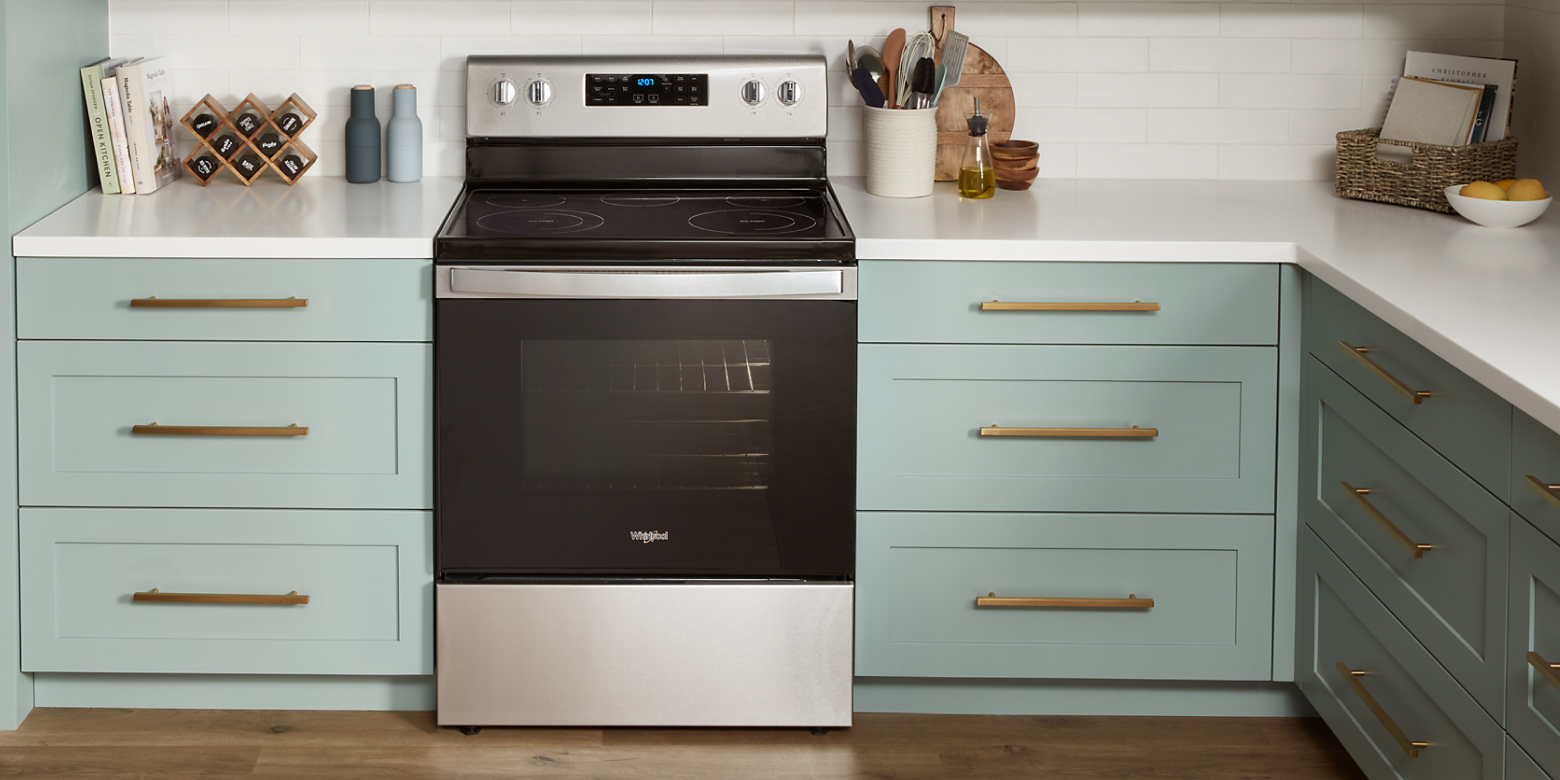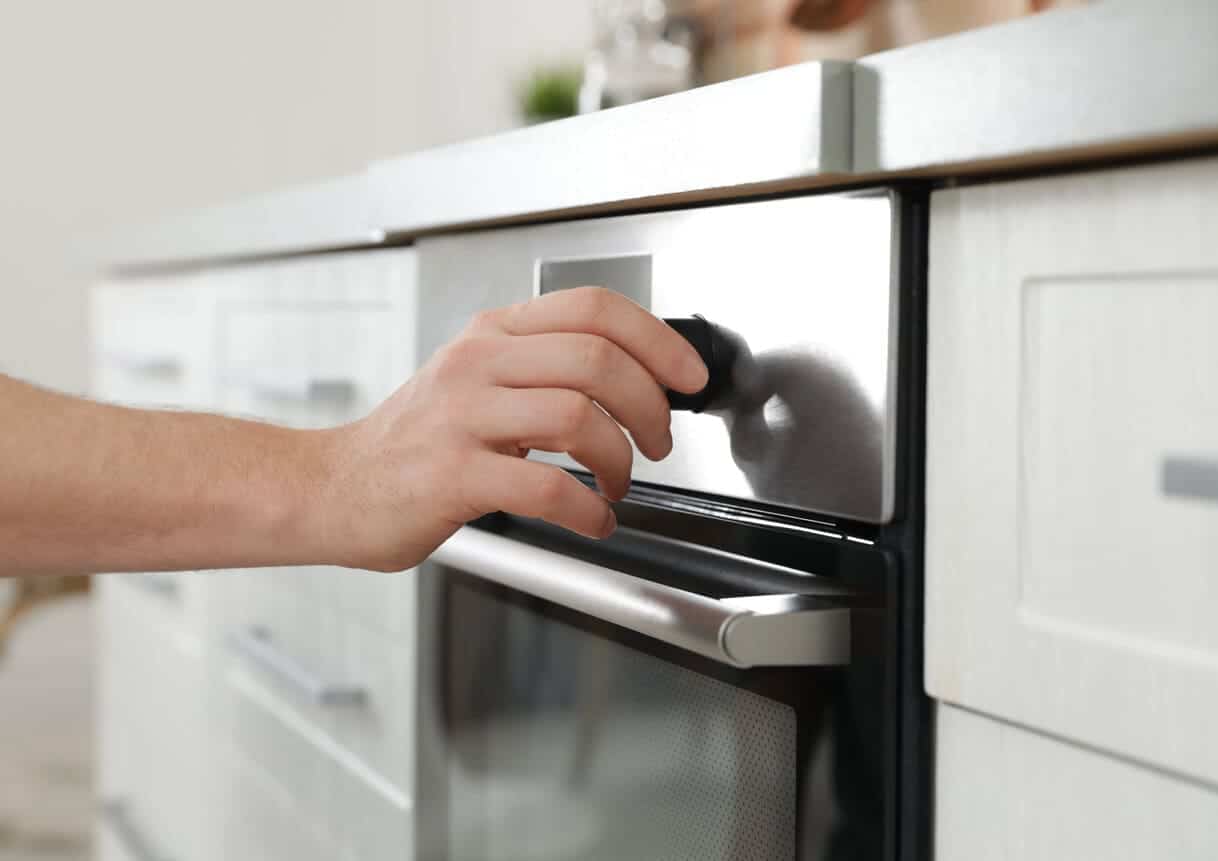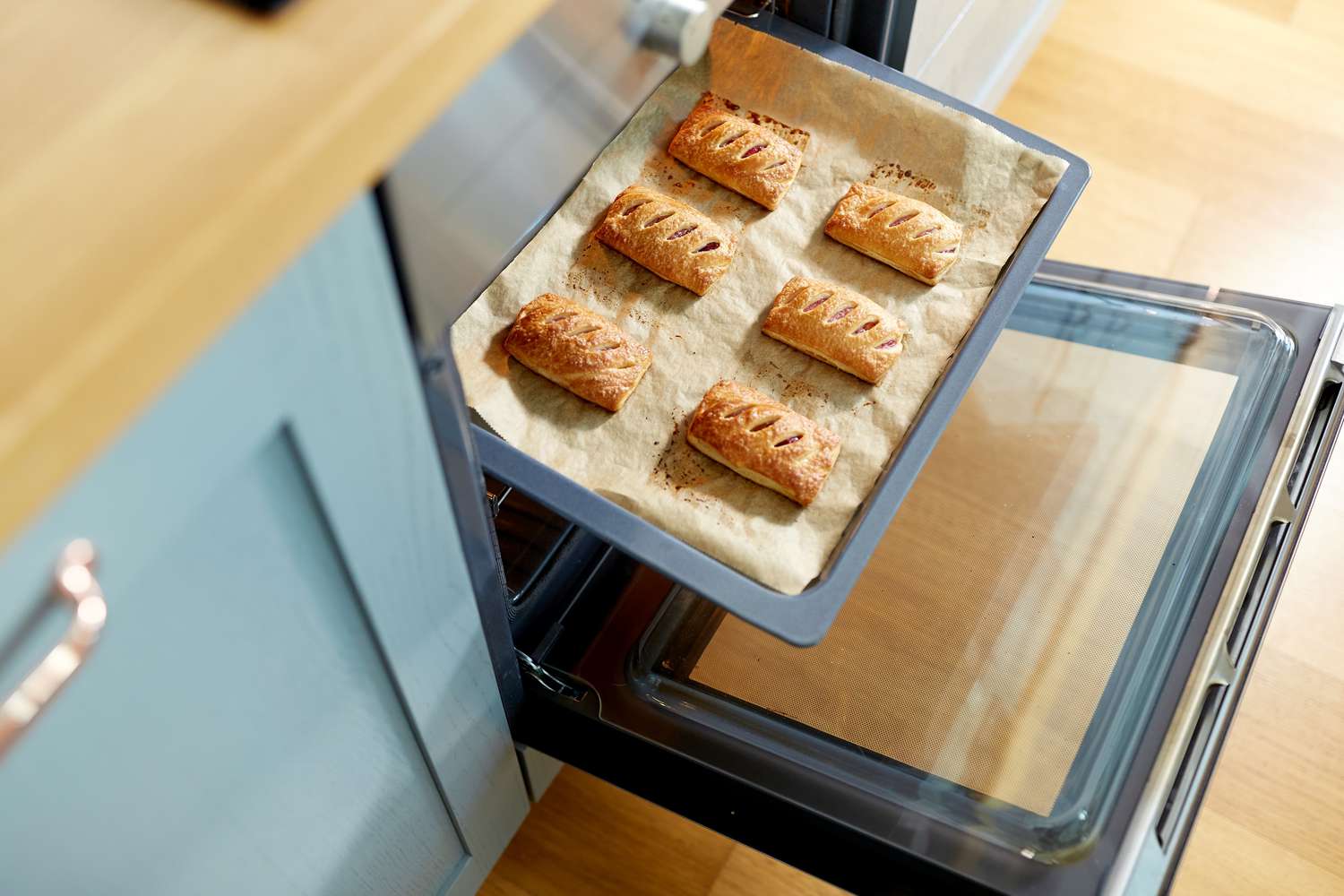
In the realm of culinary endeavors, the art of baking holds a special place, captivating taste buds with delectable creations that range from fluffy cakes to savory pies. However, amidst the symphony of ingredients, techniques, and precise measurements, there lies a fundamental step that often goes unnoticed yet plays a crucial role in achieving baking perfection – preheating the oven.
I. Introduction: The Significance of Preheating
A. The Unsung Hero of Baking: Ensuring Even Cooking and Optimal Results
Preheating, often overlooked in the rush of baking preparations, is an essential step that sets the stage for culinary success. It transforms the oven into a controlled environment, ensuring even heat distribution throughout the cooking chamber. This even heat distribution is the key to achieving perfectly baked goods, preventing undercooked centers or overcooked edges that can ruin the entire experience.
B. The Science Behind Preheating: Understanding the Heat Transfer Process
As the oven reaches the desired preheating temperature, its heating elements radiate heat throughout the interior. This heat transfer process involves conduction, convection, and radiation, working in harmony to create a uniform thermal environment. Conduction warms the air directly in contact with the heating elements, while convection circulates this heated air throughout the oven, ensuring even heat distribution. Radiation, in turn, transfers heat directly to the food, contributing to browning and crust formation.
C. The Impact on Texture and Flavor: Achieving Desired Characteristics
Proper preheating not only ensures even cooking but also plays a significant role in achieving the desired texture and flavor of baked goods. The preheated oven provides the ideal environment for browning reactions to take place, resulting in that golden crust that adds visual appeal and enhances flavor. Additionally, preheating allows the baking soda or powder in recipes to activate fully, creating the desired rise and texture in cakes, muffins, and other baked treats.
II. General Preheating Times: A Guide to Common Temperatures
A. Understanding Oven Variations: Factors Affecting Preheating Time
Preheating times can vary depending on several factors, including oven size, type, and starting temperature. Larger ovens typically take longer to preheat than smaller ones, while convection ovens generally preheat faster than conventional ovens due to their efficient air circulation. Additionally, the higher the desired temperature, the longer the preheating time will be.
B. Estimated Preheating Times for Common Temperatures: A Quick Reference
As a general guide, here are estimated preheating times for common baking temperatures:
- 350°F (175°C): 12-15 minutes
- 400°F (200°C): 15-20 minutes
- 450°F (230°C): 18-22 minutes
- 500°F (260°C): 20-25 minutes
It is always advisable to consult your oven’s owner’s manual for specific preheating times, as there may be slight variations between different models.
III. Tips for Efficient Preheating: Maximizing Time and Energy
A. Strategic Rack Placement: Ensuring Even Heat Distribution
The placement of the oven rack plays a crucial role in achieving even heat distribution. Place the rack in the middle of the oven, ensuring that the food will be evenly exposed to heat from all sides. This is especially important for baking cakes, pies, and other items that require uniform cooking.
B. Harnessing the Power of Preheat Stones: Enhancing Heat Retention and Distribution
Consider using a preheating stone or baking sheet to further enhance heat distribution and retention within the oven. These stones, made from materials like ceramic or cast iron, absorb heat during the preheating process and then release it gradually during baking, contributing to even cooking and crispy crusts.
C. Minimizing Heat Loss: Keeping the Oven Door Closed
While preheating, it is essential to keep the oven door closed as much as possible. Opening the door allows heat to escape, disrupting the preheating process and prolonging the time it takes to reach the desired temperature. Only open the door when absolutely necessary, such as to place or remove food items.
D. Planning Ahead: Utilizing Preheating Time Effectively
To maximize efficiency, plan your baking tasks in advance and preheat the oven while preparing your ingredients. This allows the oven to reach the desired temperature while you gather your ingredients and mix the batter or dough, minimizing overall cooking time.
E. Leveraging Preheating Alert Features: Staying Informed and On Time
If your oven is equipped with a preheat alert feature, utilize it to your advantage. This feature will notify you when the oven has reached the desired temperature, ensuring that you don’t over-preheat or waste time waiting.
IV. Troubleshooting Preheating Issues: Addressing Common Challenges
B. Uneven Heat Distribution: Identifying and Resolving the Problem
If you suspect uneven heat distribution within your oven, several steps can be taken to diagnose and rectify the issue:
- Door Seal Inspection: The oven door seal acts as a barrier, preventing heat from escaping. Over time, the seal can wear out or become damaged, leading to heat loss and uneven heating. Visually inspect the door seal for any cracks, gaps, or tears. If damage is present, replacing the seal is crucial to ensure proper heat retention and even preheating.
- Rack Positioning Review: As mentioned earlier, the position of the oven rack significantly impacts heat distribution. Ensure the rack is placed in the center of the oven for optimal results. Additionally, avoid overcrowding the oven with multiple baking sheets or dishes, as this can hinder air circulation and contribute to uneven heating.
- Professional Assistance: If you suspect a more complex issue might be causing uneven preheating, such as faulty heating elements or malfunctioning thermostats, consider seeking the help of a qualified appliance repair technician. They can diagnose the problem and perform the necessary repairs to ensure your oven functions optimally.
C. Slow Preheating: Addressing Factors that Extend Preheating Time
If you find your oven taking an unusually long time to preheat, there are a few areas to investigate:
- Thermostat Accuracy: Over time, oven thermostats can lose accuracy. Consult your owner’s manual to see if your oven has a self-calibration function. If not, you may need to have a technician check and potentially calibrate the thermostat to ensure it is reading the temperature correctly.
- Oven Cleanliness: A dirty oven, particularly one with accumulated grease or food debris, can affect heat distribution and extend preheating time. Regularly clean your oven following the manufacturer’s instructions to ensure optimal performance.
- Heating Element Issues: Faulty heating elements can significantly impact preheating time. If your oven is preheating very slowly and you suspect an issue with the heating elements, consult a qualified technician for diagnosis and necessary repairs.

V. Embracing the Art of Preheating for Baking Success
Preheating your oven might seem like a simple step, but understanding its significance and following proper techniques can significantly contribute to your baking success. By preheating, you create the perfect environment for even cooking, optimal texture and flavor development, and ultimately, delicious baked goods that are sure to impress. Remember, a few minutes spent preheating can make a world of difference in the final outcome of your baking endeavors.
Additional Tips:
- Consult Your Owner’s Manual: Each oven model may have specific preheating instructions and troubleshooting tips. Refer to your owner’s manual for detailed information regarding your particular oven.
- Experiment and Find Your Groove: Preheating times may vary slightly depending on your oven and baking recipe. Don’t be afraid to experiment and find the preheating times that work best for you and your baking routine.
- Practice Makes Perfect: As with any culinary skill, the more you bake, the more comfortable you’ll become with preheating your oven and achieving consistent baking results. With a bit of practice and this comprehensive guide as your reference, you’ll be well on your way to mastering the art of preheating and baking delectable treats!
